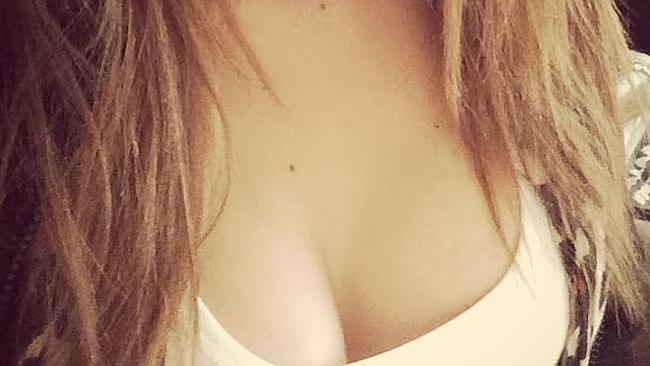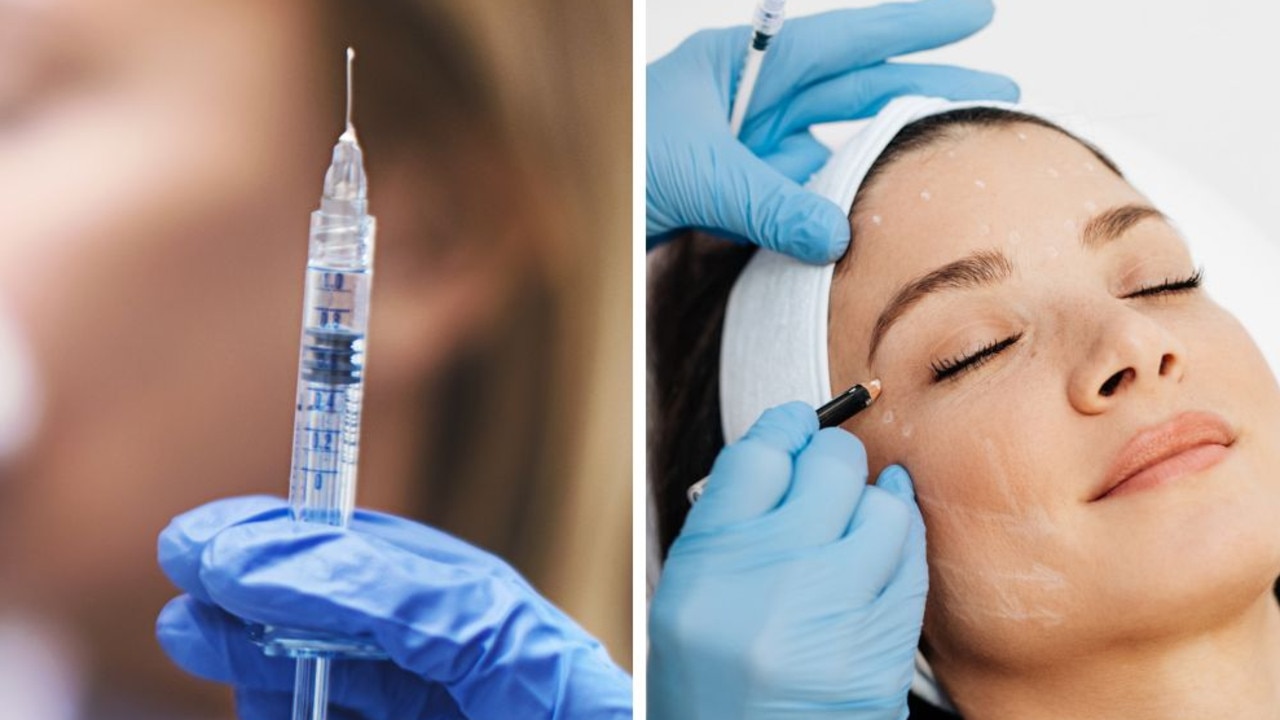Expert calls for greater regulation of ‘twilight’ sedation in cosmetic surgery clinics
IT’S a technique Australian clinics are using to shave thousands off the cost of cosmetic surgery. But would you risk a boob job while still being virtually awake? These women have.

LISA Bartle was blown away by the team of tiny monkeys operating on her gums.
“I trusted the monkeys. I was amazed at how well-trained those monkeys were,” the 31-year-old from Adelaide told news.com.au about her experience with dental surgery.
“I was awake during it and I thought it was monkeys ... It feels like you’re awake. You know what’s happening but you’re dreaming.”
Lisa’s surgery was one of thousands done in Australia each year under “conscious sedation”, a deep sleep-like state also known as “twilight” in which patients are sedated but still able to breathe on their own and respond to commands.
“Patients are able to respond meaningfully to verbal instruction. They will be aware of what’s going on but they won’t recall much,” said Dr David Scott, the director of anaesthesia and acute pain medicine at St Vincent’s hospital.
“They’re still in full control of breathing and airways so they don’t choke and their cardiovascular system is not depressed.”
While the technique is often used with a local anaesthetic for minor procedures like dental work or endoscopies, it’s becoming more popular in the billion-dollar beauty industry for procedures like nose-jobs, facelifts, liposuction and breast augmentations.
University of Sydney’s School of Public Health Professor Merrilyn Walton said a lack of regulation means cosmetic clinics are using the technique to provide cheaper surgeries in rooms at a clinic without the use of a general anaesthetic.
“While licensed facilities are required to comply with cosmetic surgery safety standards, doctors can legally perform surgical procedures such as breast augmentation in unlicensed facilities if they don’t use a general anaesthetic,” she wrote in The Conversation.
“Breast augmentation in a licensed facility can cost around $10,000 while the same procedure in a clinician’s private rooms can cost around $6,000.”
She is now calling for tighter regulation of the industry in which patients can be rushed to hospital if things go wrong — such as the case of Amy Rickhuss, 20, who went into cardiac arrest while undergoing a breast augmentation last month.
Prof Walton said the “commodifying of medicine” and lack of rules meant many people were not taking major surgery seriously.
“[Doctors] will argue they’ve done hundreds but that’s not the issue. The issue is have they had the training to deal with something if it goes wrong? Do they know the mechanisms of surgery?”

Dr Scott agreed the unregulated status of cosmetic clinics means patients need to be aware of what they are undertaking. He said developments in drug potency required greater skills from those administering them.
“Anyone can drive a car, but you get better performance from a sports car but you need to be more skilled,” he said, adding that any sedation in Australia or New Zealand should be done according to specific guidelines.
“In patients more susceptible or in higher doses [conscious sedation] can transition to a form of deep sedation where they still need support for breathing, airway or circulation. That transitions into becoming general anaesthesia so an individual patient needs to be appropriately assessed before they have it to avoid such risks …. That’s where a medical practitioner trained in this area is important.”
Many others contacted by news.com.au had a positive experience with the practice. Chain, 21, underwent breast argumentation surgery just two weeks after Amy Rickhuss was rushed to hospital. She said despite initial fears about being “wide awake” she “cannot speak highly enough” about her experience and said she was quickly sedated with no issues.
“A bit of a factor for me was price but at the same time I wasn’t going to put myself at risk to save money. I did my research and I felt comfortable with my surgeon,” she said.
“The benefit was I didn’t have to have breathing tubes, I didn’t have any discomfort in my throat. I got to go home that day, I didn’t have to stay overnight.”

The Australian Medical Board is currently consulting on guidelines for the cosmetic industry which are set to cover where procedures can be performed and who is responsible for emergency care.
Prof Walton said anyone considering surgery needed to check where it was being done and by whom. He recommended they also asked what would happen if they didn’t “settle” and the qualifications and training of the person administering treatment. In the case of cosmetic surgery this should come from the Australian Medical Council rather than the Australian College of Cosmetic Surgeons, which is not an accredited business.
“I would never accept to have it done in rooms in an unlicensed facility because by that you’re accepting the risk that you may have to be transferred to hospital,” Prof Walton said.
He also advised prospective patients to ask for a record of how many surgeries went wrong and to take time to think about the procedure.
“Don’t agree straight away, think about it for a couple of weeks. Don’t let them gloss over the risks, that’s not in my view proper informed consent.”
The President of the Australian and New Zealand College of Anaesthetists Dr Genevieve Goulding said patients should only undergo anaesthesia in “credentialed facilities with appropriate standards of monitoring, drugs, anaesthesia and resuscitation equipment and nursing post-anaesthesia care.”
What’s your experience with cosmetic surgery? Email victoria.craw@news.com.au or leave a comment below.



